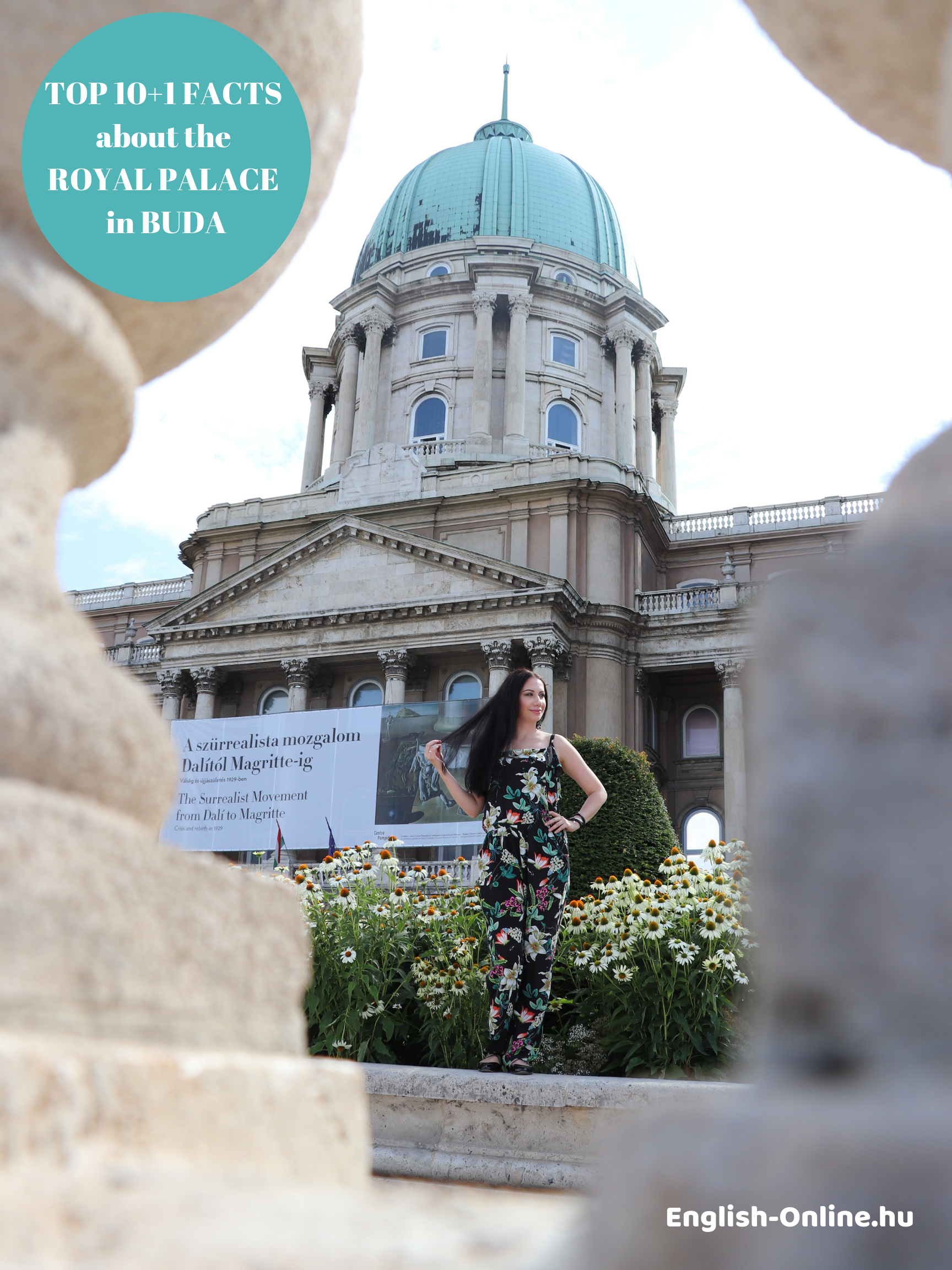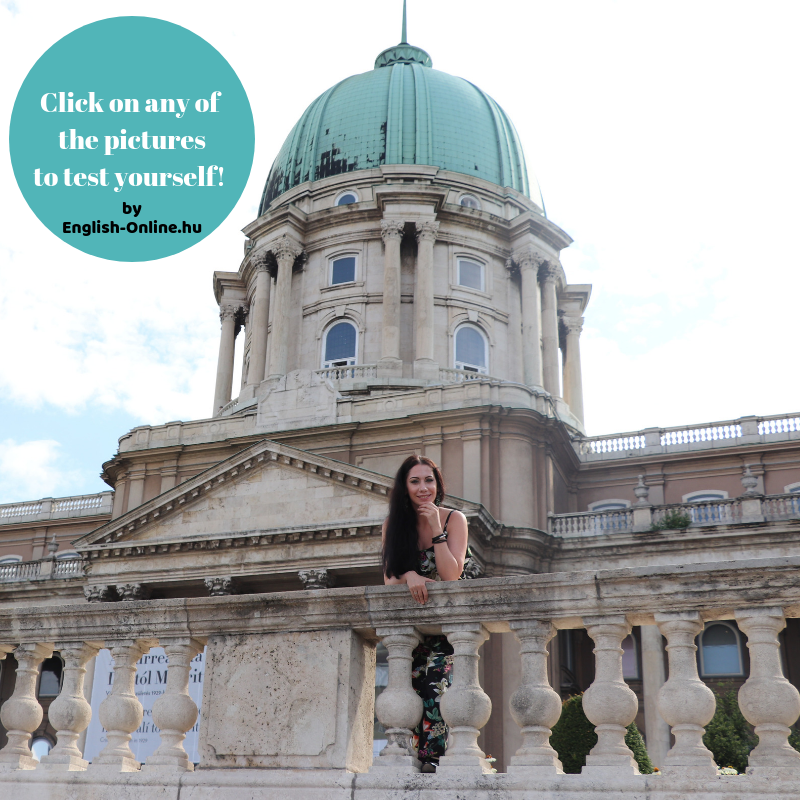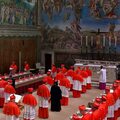SCROLL DOWN FOR THE ARTICLE IN ENGLISH!
Be proud of Budapest! Légy büszke a fővárosunkra és tudj elmondani néhány dolgot a legnépszerűbb látványosságokról, ha egy turista megkérdez.
Segítségedre lehet a BUDAPEST GUIDE első része: a Budai Vár!
Összegyűjtöttem a 10+1 legfontosabb érdekességet a palotáról, íme:
(A szöveg szószedetét a cikk alján találod majd.)
KATTINTS A BEJEGYZÉS BÁRMELYIK KÉPÉRE ÉS TESZTELD LE TUDÁSOD A BUDAI VÁRRÓL ANGOLUL!
1) After the Mongol Invasion in the 13th century King Béla IV had a fortress built at the southern end of Castle Hill.
2) The first palace on its site was built in the 14th century by Prince Stephen of Anjou from the Angevin House.
3) Great period of constructions came under the reign of King Matthias (Mátyás) Hunyadi who had most of the Gothic buildings rebuilt in Italian Renaissance Style.
4) During the Turkish occupation (1541-1686) the pasha of Buda did not move into the palace, instead, he established his residence near the present Dance Theatre and used the palace building as gunpowder depot, arsenals, and barracks. As a result, gunpowder explosions devastated the palace buildings almost completely.
6) There used to be a private royal chapel built in the palace during the reign of Maria Theresa.
7) Joseph II gave part of the palace to the Mary Ward's nuns in the 18th century and then to the University of Nagyszombat, the middle-wing tower was also transformed into an observatory for the university.
8) By the end of the 18th century it became the residence of the Habsburgs, but during the siege of the Castle in 1849 it partly burnt down.
9) Miklos Ybl, the best architect of the 19th century was commissioned to enlarge the palace who built a Baroque ground-plan and construction works were finished by Alajos Hauszmann.
9) During WWII the Castle burnt to the ground.
10) In the late 1950s the Royal Palace was transformed into a cultural centre and at present it houses The Collections of the Hungarian National Gallery, The Budapest History Museum, The excavations and Gothic statues of the Medieval Castle and the National Széchenyi Library.
+1) It's been part of the WORLD HERITAGE since 1987.








